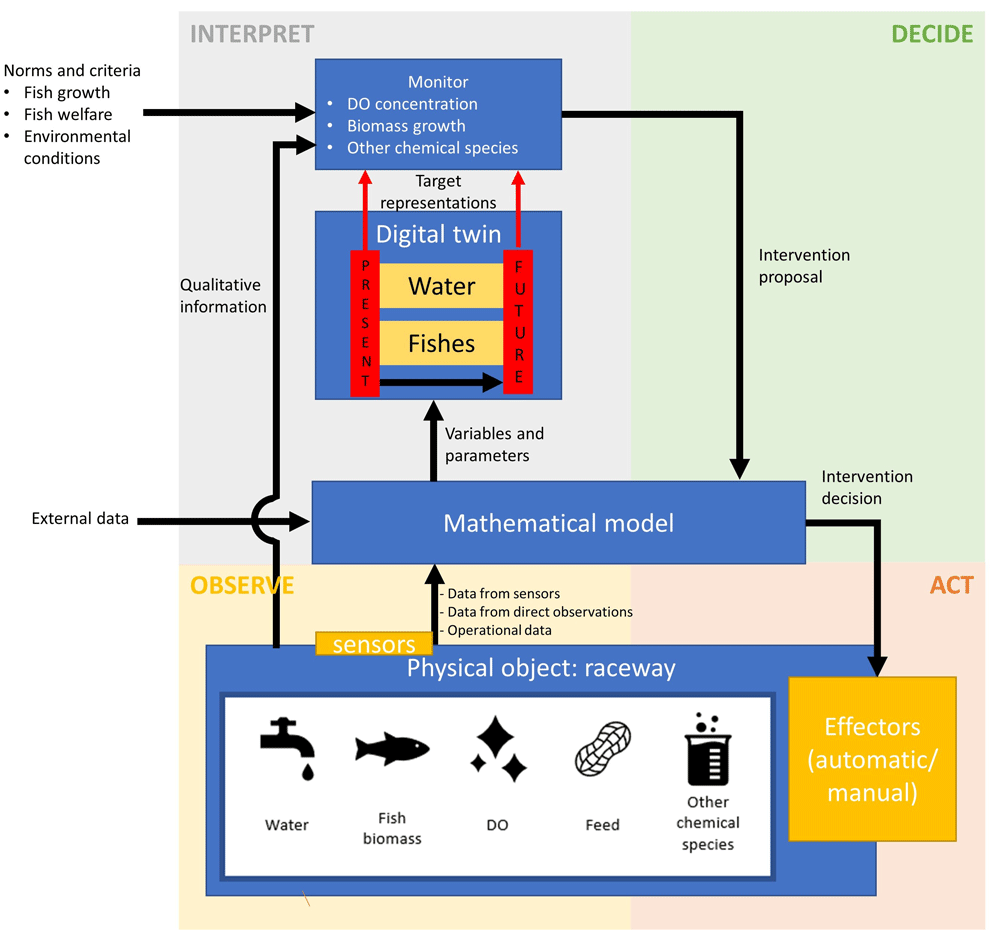Your basket is currently empty!
Category: Uncategorized
-
Exploring the Power of a Moringa Artificial Forest: A Sustainable Solution for People and Planet
The moringa artificial forest is a unique, multi-layered agroforestry system. It not only provides high-value products but also offers extensive ecological benefits. This forest features a three-layer structure. It includes moringa trees, legumes, and cover crops. They work together to create a sustainable, resilient environment. Here, we’ll explore how this remarkable setup generates impactful products…
-

Moringa: Transforming Agriculture, Energy, and Conservation
Moringa MOMAX3: The Future of Sustainable Agriculture In an era of climate change, biodiversity loss, and the urgent need for sustainable development, innovative agricultural models are essential. Moringa MOMAX3, a high-performance variety of moringa, offers a transformative solution. Moringa MOMAX3 thrives in harsh conditions. It produces diverse byproducts. It also supports environmental conservation. Moringa MOMAX3…
-

Implementing the Anymal Anytime Concept with Digital Twin Technology
Research Proposal Introduction The Anymal Anytime concept represents a transformative approach in sustainable aquaculture. This innovative system addresses critical challenges by enabling year-round fish production through advanced Closed Recirculating Aquaculture Systems (CRAS). These systems significantly outperform traditional fish farming methods. Up to 100 times greater output while consuming less than 5% of the water required.…
-
Maximizing Fish Growth: The Role of Protein and Fat
The Importance of Protein and Fat in Aquaculture Fish farming success largely depends on the balance of protein and fat in fish diets. Fishmeal and other animal-based protein sources are more expensive than plant-based proteins, fats, or carbohydrates, making cost-effective alternatives a priority for aquaculture operations. Protein drives growth and muscle development, while fat provides…
-
Male vs. Female Catfish Growth- introducing hybrids
In aquaculture, understanding the growth dynamics of male and female catfish is essential for optimizing production strategies. Gender-specific growth differences can significantly affect the efficiency and profitability of farming operations. Here’s a closer look at these differences and how they impact catfish farming, particularly with hybrids like Heteroclarias. General Gender-Specific Growth Trends Males Females The…
-
Efficient Fish Grading: A Matrix for Maximizing Value
In the world of aquaculture, every fish matters. Whether it’s destined for a high-end restaurant or an affordable family meal, our grading system ensures every catch meets its best match in the market. At Anymal, we’ve developed a simple yet powerful grading system that categorizes fish by size (Small, Medium, Large) and quality (Premium, Standard,…
-
Achieving Zero Waste in Aquaculture: Sustainable Feed Alternatives and Their Impact on GHG Emissions
As aquaculture continues to grow to meet global demand, sustainability challenges such as nutrient pollution, greenhouse gas (GHG) emissions, and waste management must be addressed. Achieving zero waste in aquaculture involves innovative solutions for recycling nutrients, minimizing emissions, and optimizing feed choices. This article explores the role of feed alternatives such as Black Soldier Fly…
-
Moringa: The Miracle Tree for Sustainability and Climate Action
Moringa grows exceptionally fast with many less known capabilities Moringa, often called the “miracle tree,” is more than just a plant—it’s a solution for sustainability, waste reduction, and climate resilience. From its nutrient-packed leaves to its oil-rich seeds and carbon-storing biochar, every part of the moringa tree can be used to create value. This remarkable…
-
Closed loop sustainability
Designing a Sustainable Integrated RAS with Aquaponics, BSF Waste Management, and Efficient Shipping In the evolving world of aquaculture, sustainability and efficiency are critical drivers for success. Integrating Recirculating Aquaculture Systems (RAS) with aquaponics, Black Soldier Fly (BSF) waste management, and a focus on efficient fish processing and shipping creates a closed-loop, highly scalable system.…
-
The Moringa Artificial Forest.
A Multi-Layered Approach to Sustainability and Productivity The moringa artificial forest offers an innovative, three-layered agroforestry model that maximizes productivity, enhances sustainability, and supports ecological balance. With each layer performing distinct functions, the forest provides a holistic approach to land use, transforming barren landscapes into vibrant ecosystems. Below, we explore the three layers, their functionalities,…